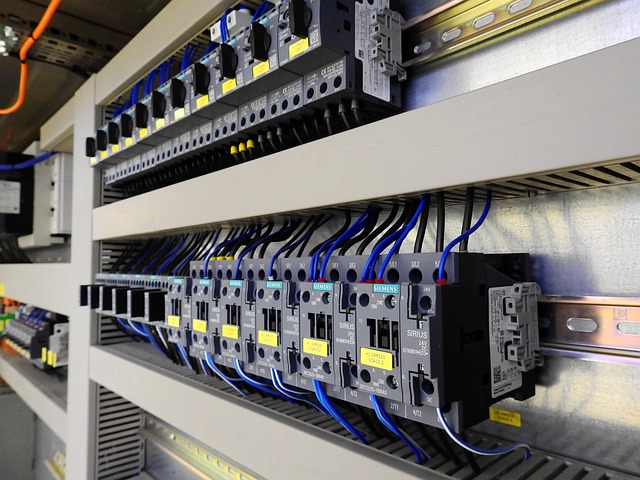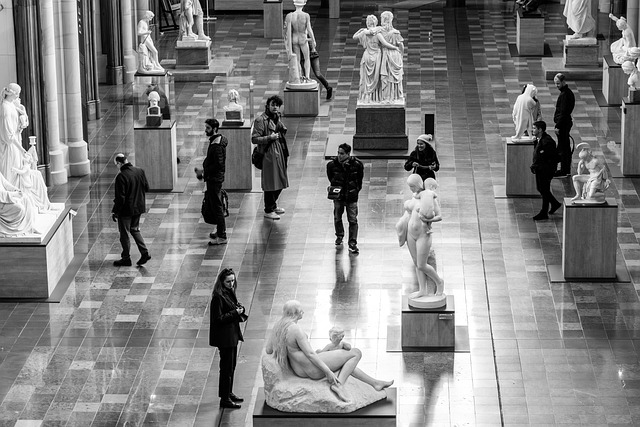The mesmerizing world of the music industry thrives on emotion, energy, and connection, making it a unique canvas for the artistry of camera work. In the entertainment industry, camera work is not merely a technical skill; it’s a powerful tool that captures the heart of performances, bringing them to life for audiences around the globe. Whether it’s a small club concert or a massive festival, the way a camera moves and frames the action can transform a fleeting moment into an unforgettable visual experience.
At concerts, the atmosphere crackles with excitement. A skillful cameraman understands the dynamics of live performances – the way the stage lights dance, the powerful guitar riffs, and the singer’s connection with the crowd. When the camera work is synchronized perfectly with the music, it enhances the overall experience, allowing viewers to feel as though they are part of the event. The close-ups of an artist lost in their craft, the wide shots capturing swaying fans, and the electrifying angles that bring a sense of movement all contribute to a narrative that transcends the auditory and spills into the visual.
Festivals represent another level of creativity in camera work. With multiple stages and countless performers, capturing the essence of a festival is a complex task that requires an understanding of not only the music but also the culture that surrounds it. A skilled cinematographer knows how to encapsulate the vibrancy of festival-goers, the colorful aesthetics of stage designs, and the eclectic vibes of diverse musical genres—all products of human expression that deserve to be honored through the lens of a camera. This is where camera work becomes an art form, weaving together a tapestry that reflects the spirit of the event.
In the realm of cinema, the portrayal of music has reached new heights, with films dedicated to important musical figures, genres, and movements. Here, camera work tells a deeper story, creating visual metaphors that resonate with audiences. From biopics that depict a musician’s journey to concert films that immortalize performances, the artistry involved in capturing the relationship between sound and visuals is evident. A slow pan across a performer’s face, the rush of a crowd in pulsating rhythm, and the interplay of shadows and light all serve to emphasize the connection between the artist and their art.
Moreover, in the digital age, the relationship between the music industry and camera work is more significant than ever. Social media has transformed how performances are shared and experienced, allowing for instant interactions and engagement. Camera work now needs to cater to platforms that favor short attention spans; thus, capturing the essence of a performance in just a few seconds becomes a challenge that exemplifies the skills of a modern cinematographer. Whether it’s a breathtaking drone shot soaring over a festival crowd or an intimate close-up during a ballad, the way visuals are crafted influences the narrative presented to the world.
In summary, camera work in the music industry is a dynamic interplay of art and emotion, encapsulating the raw energy of live concerts, the vibrancy of festivals, and the profound narratives found in cinema. Each shot, each angle, and each moment captured through the lens tells a story that resonates with audiences and brings the joy of music to life. It is through this lens that we can appreciate not only the performances but also the shared human experiences that music ignites within us.


